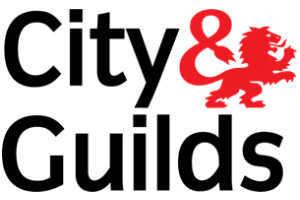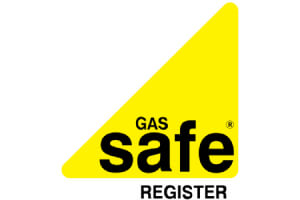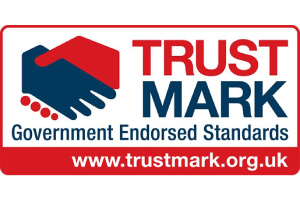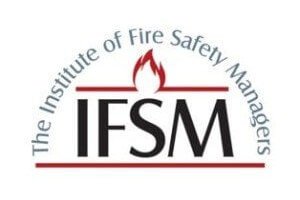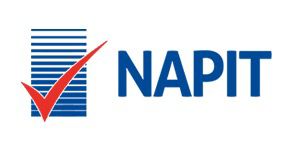
As a safety-conscious professional, I view fire risk assessments as the compass guiding organizations through the labyrinth of potential dangers lurking in the shadows of workplaces.
The flickering flames of uncertainty can be tamed through a systematic evaluation of fire hazards, but the true importance lies in the aftermath of assessment results.
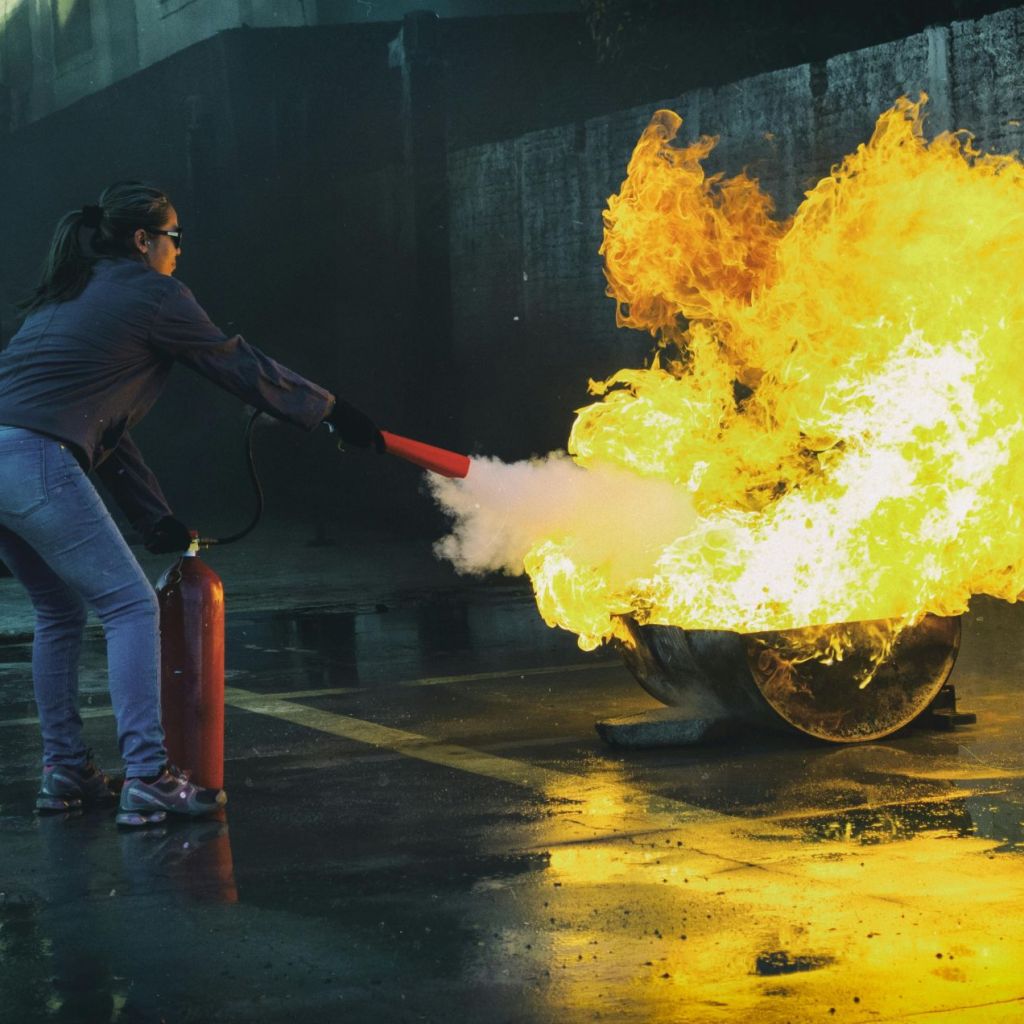
Let’s explore how these insights can illuminate the path to safeguarding lives and properties from the unpredictable infernos that threaten our daily routines.
Understanding Fire Risk Assessment
How can we comprehensively grasp the essence and significance of Fire Risk Assessment in the workplace?
Risk identification is at the core of this process, involving a meticulous examination of potential fire hazards and dangers lurking in the work environment. Safety measures play a pivotal role in mitigating these risks, ensuring that appropriate precautions are in place to prevent fire incidents.
Hazard evaluation is crucial in understanding the severity and likelihood of potential fire outbreaks, guiding the implementation of effective preventive measures. Workplace prevention strategies aim to create a safe environment by addressing vulnerabilities and enhancing fire safety protocols.
Impact reduction strategies further emphasize the importance of minimizing the consequences of a fire, focusing on swift evacuation procedures and emergency response plans. By meticulously conducting a Fire Risk Assessment, organizations can proactively safeguard their employees, assets, and operational continuity against the devastating effects of fires.
Procedure for Conducting Assessment
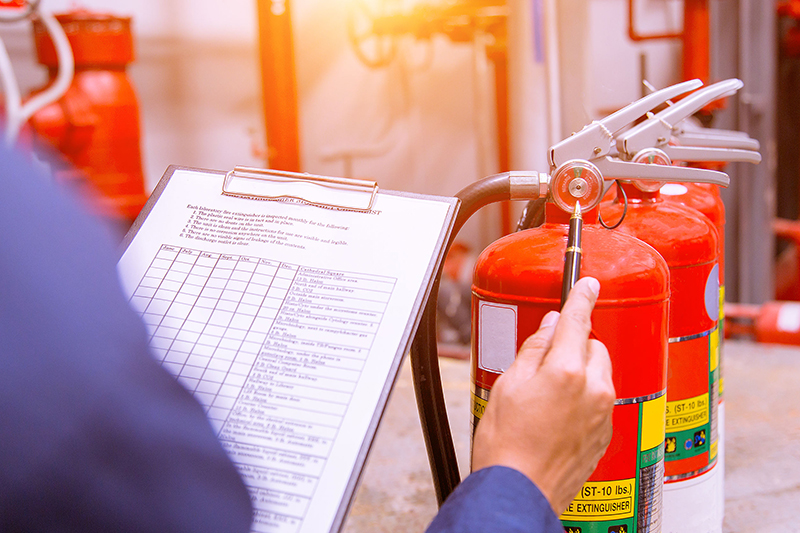
To conduct a thorough fire risk assessment in the workplace, we must meticulously follow a structured procedure that encompasses identifying hazards, assessing risks, and implementing necessary safety measures. The procedure involves a detailed risk identification and mitigation process, an operational assessment, addressing hazards promptly, ensuring safe flammable storage practices, and conducting a comprehensive workplace safety evaluation. Below is a table summarizing the key steps involved in the procedure:
| Procedure Steps | Description | Importance |
|---|---|---|
| Risk Identification, Mitigation | Identify and mitigate potential fire hazards and risks in the workplace. | Crucial for preemptive safety measures. |
| Operational Assessment | Evaluate working processes and procedures to assess fire risks. | Ensures thorough risk evaluation. |
| Hazard Addressing | Promptly address identified hazards and rectify poor working conditions. | Prevents potential fire incidents. |
| Flammable Storage | Implement safe storage practices for flammable materials. | Reduces the likelihood of fires due to improper storage. |
| Workplace Safety Evaluation | Conduct a comprehensive evaluation of overall workplace safety measures. | Ensures a safe working environment. |
Regular Review and Monitoring
Upon completing the procedure for conducting a thorough fire risk assessment in the workplace, the focus shifts to the critical aspect of regular review and monitoring. Evaluation accuracy is paramount in this phase as it ensures that any changes in the workplace environment are promptly identified and assessed for their impact on fire risks.
Regular review allows for process improvement by incorporating lessons learned from past incidents or near misses, thus enhancing overall safety measures. It’s through this ongoing monitoring that risk mitigation strategies can be fine-tuned to address new vulnerabilities effectively. Incident prevention becomes more proactive with consistent monitoring, reducing the likelihood of fire-related emergencies.
Additionally, safety compliance is upheld through regular reviews, ensuring that the organization continues to meet the required standards and regulations. By prioritizing regular review and monitoring, businesses demonstrate a commitment to comprehensive fire safety practices and the well-being of employees and assets.
Legal Aspects and Employee Training

In ensuring compliance with fire safety regulations, it’s imperative to understand the legal aspects and provide necessary training for employees to mitigate fire risks effectively. Legal compliance is a cornerstone in fire safety, with consequences of non-compliance ranging from fines to potential imprisonment.
To uphold safety standards, staff training plays a crucial role. Mandatory courses like the NEBOSH Fire Certificate, fire warden and fire marshal training, as well as induction programs for new employees, are vital components. Regular refresher training ensures that employees are equipped to handle emergencies and adhere to safety measures.
Workplace Fire Prevention Measures
Implementing proactive fire prevention measures is essential in safeguarding workplaces against potential fire hazards. Fire safety protocols should be established, including regular hazard identification assessments to pinpoint areas of concern.
Emergency preparedness is crucial; ensuring all employees are trained in evacuation procedures and that fire alarms and extinguishers are easily accessible. Risk mitigation strategies should focus on minimizing fire risks by storing flammable materials safely, maintaining electrical systems, and implementing proper waste management practices.
Workplace safety initiatives, such as conducting fire drills and promoting a culture of safety, are vital in preventing and preparing for potential fire emergencies. By prioritizing fire prevention measures, organizations can create a safer work environment for employees and reduce the likelihood of fire incidents that could lead to significant damage or harm.
UK Fire Safety Regulations

One crucial aspect of UK Fire Safety Regulations is the strict enforcement of compliance measures to ensure workplace safety and fire hazard prevention. When it comes to Fire Safety Compliance, the UK has established comprehensive regulatory requirements to mitigate risks effectively. This includes thorough Risk Identification processes, adherence to specific Regulatory Requirements, provision of Safety Training, and implementation of Hazard Mitigation strategies.
| Fire Safety Compliance | Regulatory Requirements |
|---|---|
| Thorough inspections to identify hazards | Compliance with Fire Safety Order 2005 |
| Regular audits to ensure safety measures | Requirement for Fire Risk Assessments |
| Training programs for staff on safety protocols | Need for fire warden and marshal training |
| Periodic reviews of mitigation strategies | Obligation for induction training for new employees |
This structured approach not only ensures legal compliance but also fosters a culture of safety within workplaces. By prioritizing Fire Safety Regulations, organizations proactively safeguard their employees and assets while demonstrating a commitment to best practices in fire prevention.
Frequently Asked Questions
What Are the Common Misconceptions About Fire Risk Assessments That Organizations Should Be Aware Of?
Misconceptions clarified: Fire risk assessments are not just paperwork; they enhance safety. Automation benefits streamline processes. Industry nuances affect assessment criteria. Implementation hurdles include resource allocation. Effectiveness metrics measure safety improvements. Be aware for comprehensive risk management.
How Can Technology and Automation Be Utilized to Enhance the Effectiveness of Fire Risk Assessments in the Workplace?
Incorporating technology and automation tools enhances fire risk assessments by streamlining data analysis, optimizing workflows, and enabling real-time monitoring. This boosts efficiency, aids in risk mitigation, ensures safety compliance, and improves incident prevention and emergency response.
Are There Any Industry-Specific Considerations or Best Practices That Should Be Taken Into Account When Conducting a Fire Risk Assessment?
When conducting a fire risk assessment, industry standards, special hazards, training requirements, emergency planning, and incident response must be considered. Adhering to these best practices ensures a comprehensive evaluation of fire risks and appropriate safety measures.
What Are the Potential Challenges or Obstacles That Organizations May Face When Implementing and Maintaining a Fire Risk Assessment Program?
Implementing and maintaining a fire risk assessment program can face resource allocation challenges, training effectiveness, communication breakdowns, data management issues, stakeholder engagement difficulties, continuous improvement needs, risk identification complexities, mitigation strategy effectiveness, regulatory compliance demands, and budget constraints.
How Can Organizations Measure the Success and Effectiveness of Their Fire Risk Assessment Efforts Beyond Just Compliance With Regulations?
To measure the success of fire risk assessment efforts, data analysis of performance metrics beyond compliance is crucial. Continuous improvement through stakeholder engagement ensures effective risk mitigation strategies are in place, enhancing overall safety.
Conclusion
In conclusion, fire risk assessments play a crucial role in maintaining workplace safety by identifying potential hazards, implementing preventive measures, and ensuring compliance with regulations.
Regular review, monitoring, and employee training are essential components of a comprehensive fire safety strategy.
By prioritizing fire prevention measures and staying informed about UK fire safety regulations, organizations can create a secure work environment that safeguards both employees and property from the devastating effects of fires.
About the Author: LandlordCertificate
Related Posts
Get Social
Recent Posts
- Understanding Fire Extinguisher Testing: What It Involves
- Gas Safety Certificate Requirements: What Every UK Property Owner Must Know
- What Is the Fire Risk Assessment Cost
- Gas Safety Certificate in London: What It Is and Why You Must Have One
- Why Getting an Asbestos Survey Matters for Property Safety





